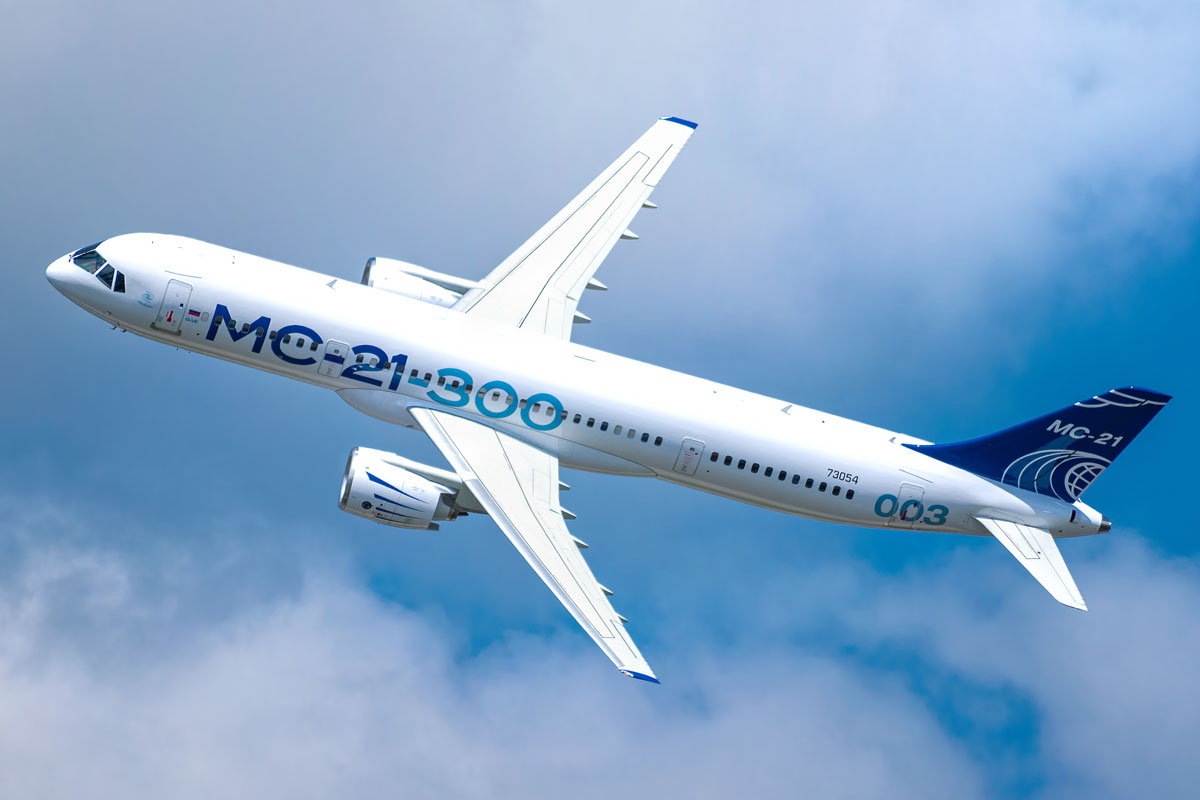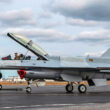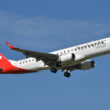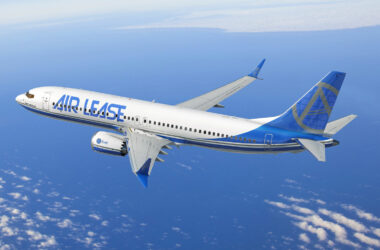A new jetliner that could help solve Russia’s air transport crisis, the Irkut MC-21 appeared for the first time in the livery of its launch customer, Rossiya Airlines. The image was published by the Russian website Aviation21.
According to the outlet, the Rossiya-colored plane was photographed at the Russian jet’s production site in Ulyanovsk. However, this is not a newly produced aircraft.
The MC-21 that appears in the image, with registration 73054, is actually the third prototype, equipped with PW1000G engines from Pratt & Whitney, a manufacturer that joined the boycott against Russia due to the war in Ukraine and stopped collaborating on the project.
Follow us:
Rossiya Airlines, which is part of the Aeroflot group, expected to receive its first MC-21s by the end of 2022. However, after the outbreak of the conflict in Ukraine and international sanctions imposed on Russia, the company changed its plans regarding the plane from Irkut as the MC-21-300 variant has about 40% of components imported from the West and will no longer enter service.
Instead, the airline is now waiting for the MC-21-310, which has more locally produced content, including turbofan engines, Aviadvigatel’s PD-14.
Unlike the MC-21-300, which has already been certified by Russia’s aviation regulatory agency, the -310 variant is still at the beginning of the certification campaign. Entry into service of the aircraft is scheduled for mid-2024 or 2025.

Replacement of the A320 and 737
The economic sanctions imposed on Russia due to the invasion of Ukraine have severely affected the aerospace sector, which is prevented from buying or leasing aircraft and acquiring components from suppliers in the West.
Such barriers led the Russian industry to a race to finish as soon as possible new aircraft projects underway in the country, including the MC-21. The Irkut airliner competes in the same category as the traditional Airbus A320 and Boeing 737, the best-selling commercial aircraft in the world.
The MC-21 development program has been ongoing since 2007 and the commercial launch of the aircraft has already been postponed several times.
The inaugural flight, originally scheduled for 2014, took place only in 2017. After five years of practical tests, the future of the aircraft is still undefined.






